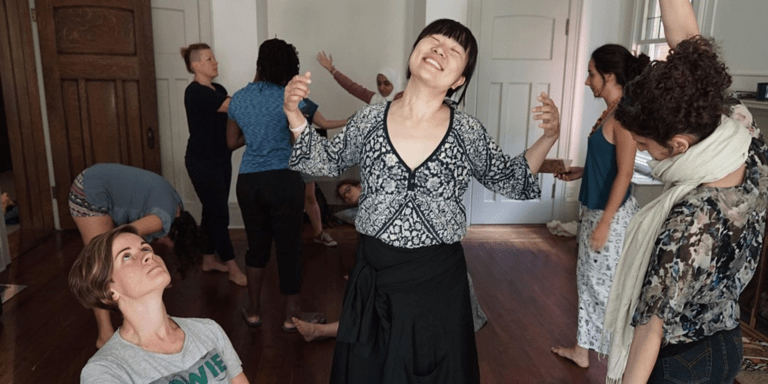 If you were to walk by public squares and hotels in Havana or Santa Clara, chances are you would see gigantic, ornamental flowers and plants similar to the ones you’d find in many Caribbean tourist hotspots because these large plants are not at all endemic to Cuba.
If you were to walk by public squares and hotels in Havana or Santa Clara, chances are you would see gigantic, ornamental flowers and plants similar to the ones you’d find in many Caribbean tourist hotspots because these large plants are not at all endemic to Cuba.
Cuba is actually an island of small flowers and fruits, so we were told by Ricardo and Erma, two young Biology professors on a mission to help young Cubans appreciate the biodiversity of the Cuban flora.
Most Cubans themselves do not know much about plants endemic to their island either. Many locals actually prefer the large, decorative flowers imported from the outside. As a matter of fact, the national flower of Cuba, the Mariposa Blanca or White Ginger Lily, isn’t endemic to Cuba but originates from Asia.
Ricardo and Erma work at the University of Santa Clara, where they are managing the conservation and cleanup activities at the University’s Botanical Garden with adolescents and university students from different disciplines. We’re talking about a space of some 10 acres in total, where only an acre has been cleaned up so far.
The Botanical Garden itself was first established in 1953 as a space to grow and exhibit the large, exotic plants and flowers not endemic to the island. Then the project was abandoned in the 90s when the lack of resources and economic hardship made it impossible to continue. In 2003 it was reinvigorated by a group of students that included Ricardo and Erma. Of particular importance for these students was to make sure that the Botanical Garden became a place of conservation that will showcase plant species endemic to Cuba.
The Santa Clara Botanical Garden is allied with other Botanical Gardens around Cuba through the “Planta!” ecological project for the conservation of the Cuban flora. Planta! is a nation-wide promotional and educational campaign started by Biology professors and students associated through the Botanical Society of Cuba. It aims to promote awareness, pride and commitment to the conservation of Cuban diversity among Cuban children and youth.
Even though Santa Clara is a smaller, more rural city surrounded by farmland and mountains, there has been a separation between Santa Clarenians and the natural environment here, explains Ricardo. Erma notes that people generally do not see themselves as part of nature, instead the environment has become something alien and distant.
Ricardo and Erma envision the Botanical Garden as a point of reconnection between man and nature. They want to help young people to, most of all, recognize that they are part of the natural world and that the environment “can be turned beautiful again”, says Ricardo.
Many students enrolled at the University of Santa Clara and Santa Clarenians, too, end up passing by the Botanical Garden on their way to take a plunge in the nearby river.
One of the things that Erma and Ricardo do to change this lack of awareness is to organize interactive participatory conservation and ecology workshops for all university students. They impart communication techniques through which students will be able to transfer, in simple non-scientific terms, their knowledge about Cuban biodiversity on to other young people, farmers, and acquaintances in their communities. They also organize a variety of botanical exhibitions and competitions in the surrounding areas of Santa Clara for other young people to get introduced to botany and ecology.
Word of mouth about the Botanical Garden is reaching more and more Santa Clarenians, and the garden is now becoming a space for people to come and relax, listen to music and share with each other. A lot of work to promote the conservation project has been undertaken and lot’s more still needs to be done.
– Desirae
